Key Research Area: Materials and sustainable use of natural resources
Materials research ranges from physics, nanotechnology, mechanics, performance and design to biomaterials and sustainable resource use.
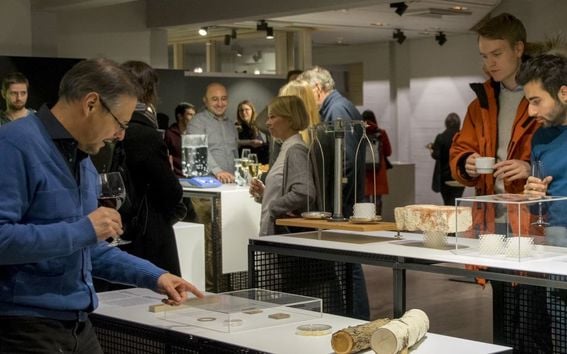
Research by Alp Karakoc, Blaise L. Tardy, Luiz G. Greca, Janika Lehtonen, Mahdi Rafiee
Found in the coldest, deepest parts of the sea and in the boiling water of geysers, bacteria are some of the world’s toughest organisms. Although some bacterial colonies can threaten human life, others can be used to produce essential molecules and materials like microbial cellulose.
In fact, microbial cellulose is one of the most incredible materials in nature: it’s strong, it withstands exposure to temperature or chemical solvents, and it doesn’t harm living tissue. Once harvested, bacterial cultures can be controlled to grow biofilms in almost any shape, even three-dimensional. Combined with bioengineering, bacterial cellulose could be a sustainable and inexpensive alternative for medical applications and even everyday products.
More info
Article: A simple method developed for 3D bio-fabrication based on bacterial cellulose
Research group: Biobased Colloids and Materials
Publications
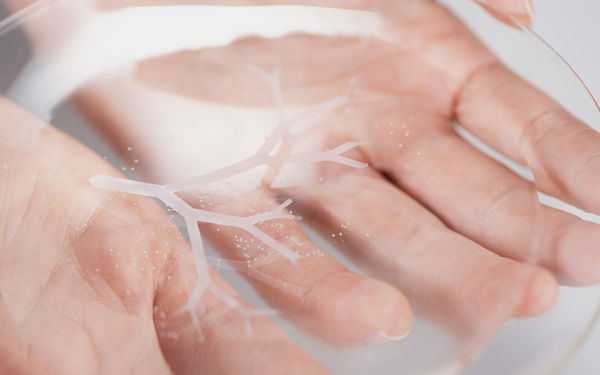
Research by Pirjo Kääriäinen, Marja Rissanen, Sanna Hellstén
The global textile and clothing industry urgently needs fresh solutions. Ioncell technology produces high-quality textile fibres from renewable raw materials, like sustainably harvested wood, or from waste like used cotton textiles, cardboard, or even newsprint.
The fibre production process is a closed-loop system based on unharmful chemicals. When recycling waste textiles, their existing colours could even be recycled for new products—saving water, chemicals, and energy in bleaching and dyeing processes. Ioncell will scale up to pilot production in 2020.
More info
Website: Ioncell
Research team at Aalto: Biorefineries
Publications and other outputs
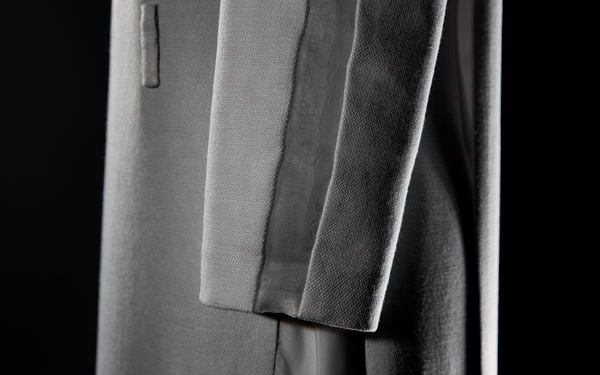
Research by Kati Miettunen
Many of today’s solar technologies use rare and expensive materials, limiting their large-scale production. Some energy production and storage technologies also depend on toxic materials like lead, contributing to environmental disasters in countries burdened by waste management.
We need to replace rare, expensive, and toxic materials with cheap, abundant, and safe alternatives. Natural materials like wood or organic byproducts—or even kitchen compost—could be used for solar cells. We can already replace expensive and rare metals like platinum with carbonised biomaterials made from industrial sidestreams, but which possibilities are still untapped?
More info
Academy of Finland fellowship: BioEST - Biomaterials for Emerging Solar Technologies
Publications
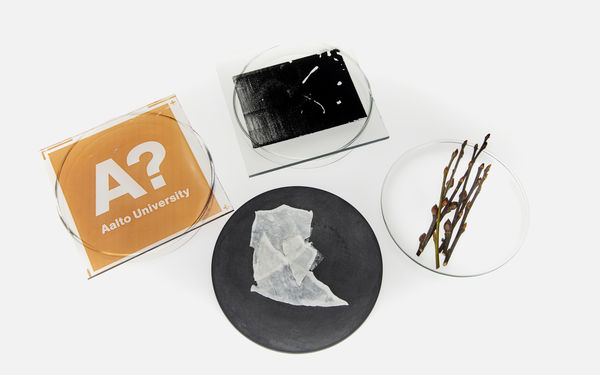
Research by Kirsi Niinimäki
Nature has given colour to textiles for thousands of years, yet many traditionally used methods need an update. With the right process, plants and seeds may one day even colour your favourite pair of jeans! Unlike chemically derived synthetic colouring agents, natural colours can be biodegradable, which makes them more environmentally friendly and recyclable. Woad -- part of the cabbage family -- has the potential to produce indigo sustainably, even in northern climates. These patches of linen, cotton, wool, and silk have been dyed with Finnish woad grown in collaboration with the Natural Resources Institute of Finland (LUKE).
More info
Article: Slow cycle
Research team: Fashion/Textiles Futures
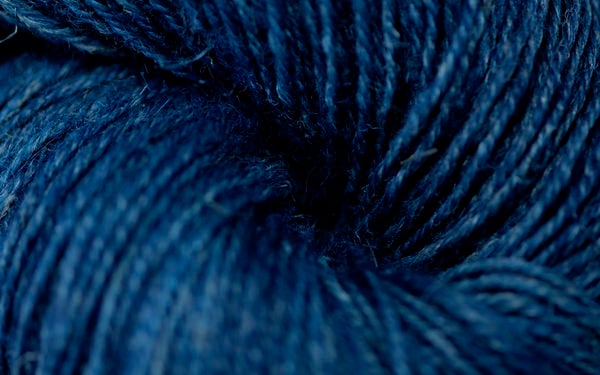
Research by Päivi Laaksonen, Tia Lohtander
Chemical engineering combined with expertise in materials and design reveals new possibilities for age-old practices. Willow grows quickly and has seen a wide span of uses, from basket-weaving to leather tanning. Even aspirin, the common painkiller, was originally extracted from willow bark.
With the help of fresh methods, the outer layer of the tree can also create rich shades of red and brown for all kinds of textiles. Since the core of the willow can be used as biocharcoal, the bark also lends itself well to making sustainable, beautiful fibres for use in products like disposable dishware.
More info
Related research: Other uses of willow bark
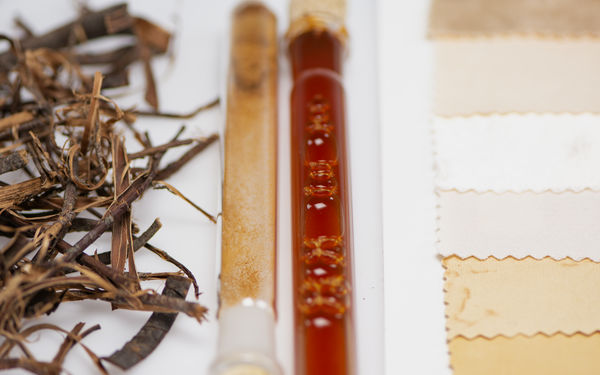
Research by Mari Lundström, Benjamin P. Wilson, Arman Dastpak
The second-most abundant organic polymer on earth, lignin is found in wood and some types of algae, in addition to being a byproduct of the pulp and paper industry. The total amount of lignin fabrication is around 100 million tons per year globally, but currently less than 2% is used for value-added products.
Lignin has the potential to replace toxic synthetic paints now used in heavy metal industries. Lignin coatings, which are additive-free and 100% organic, minimise the corrosion of metallic substrates. Similar to industrial coatings that contain many different functional additives, the performance of lignin coatings can be enhanced by adding different components.
More info:
Website: BioPolyMet
Research group: Hydrometallurgy and Corrosion
Publications: Lignin as a Sustainable Corrosion Coating
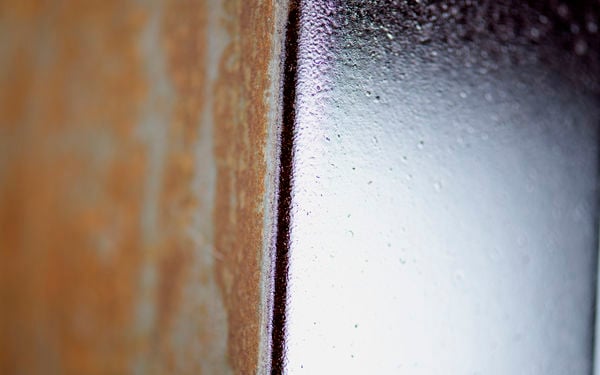
Research by Blaise Tardy, Konrad Klockars, Noora Yau
Nature’s brightest colours—like those found in peacock feathers or butterfly wings—are created through microscopically small structures. When light hits these structures, our eyes perceive their intense and vivid colours. The 100% wood-based colourants with their shiny or glittery effects are a sustainable alternative to toxic pigments, plastic-based materials, or metallic foils. And unlike most existing pigments and dyes, structural colour does not fade in sunlight.
More info:
Research team: Biobased Colloids and Materials
Publications
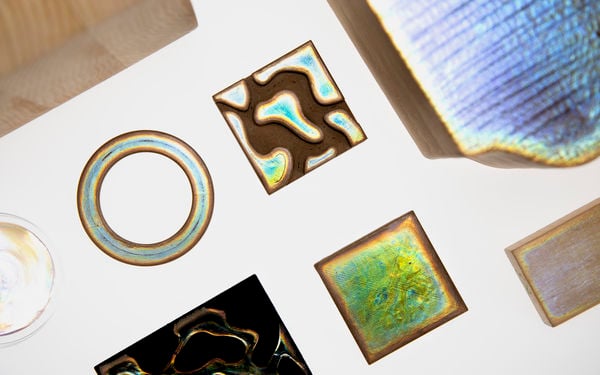
Research by Bas van Bochove, Kasper Dienel
Broken or sick bones need to heal. Thanks to 3D printing, individualised, custom implants can be made of a porous structure to enhance bone growth. As the patient’s own bone tissue re-grows, it gradually fills in the pores of the implant.
The printed implant is made of a degrading polymer and a bioactive ceramic that will eventually leave no trace in the patient: it breaks down and gets replaced by newly generated bone.
More info:
Research team: Polymer Technology
Publication
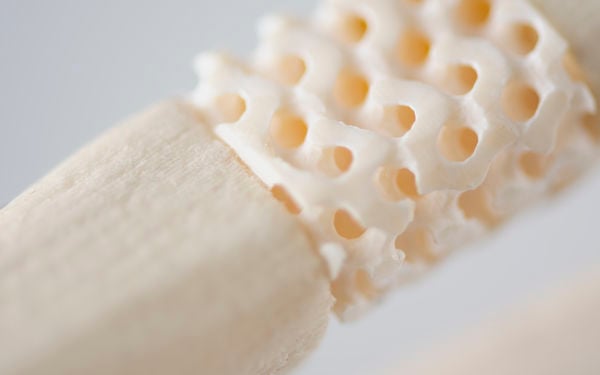
Research by Mari Lundström, Pertti Kauranen, Pyry Hannula
With advances in electric vehicles and consumer electronics, we’re making—and using—more lithium-ion batteries than ever before. Yet only about 5% are currently recycled. Crushing and leaching of battery waste can help us optimise the recycling process.
Learning how different battery materials leach will help us understand how to retrieve valuable metals like nickel and cobalt, on top of those like lithium and manganese, for which we still don’t have recovery techniques. The ultimate aim is to achieve pure, battery-grade chemicals for re-use.
More info:
Article: More recycling and business worth billions to the battery sector
Research team: Hydrometallurgy and Corrosion
Publications
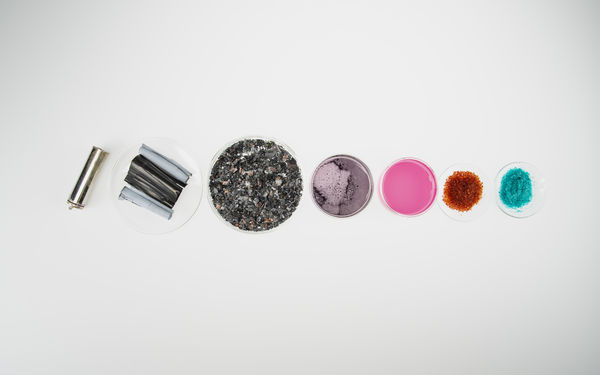
Research by Benjamin Alldritt, Nurul Huda, Shawulienu Kezilebieke, Linghao Yan, Peter Liljeroth
All the properties of a material – whether it is a metal or an insulator – depend on the type and positions of the atoms that it is made of. What would happen if we could decide one-by-one where the atoms are?
Instead of accepting what nature offers, it is now possible to assemble new materials atom-by-atom using a scanning tunneling microscope. Like an old-fashioned LP player operating on the atomic scale, the tip of the microscope can move individual atoms to precisely pre-determined positions. This lets us play chess with the atoms and create completely new types of materials that do not exist in nature.
More info:
Video for Materials Matter
Article: On‐Surface Assembly of Au‐Dicyanoanthracene Coordination Structures on Au(111)
Research group: Atomic Scale Physics
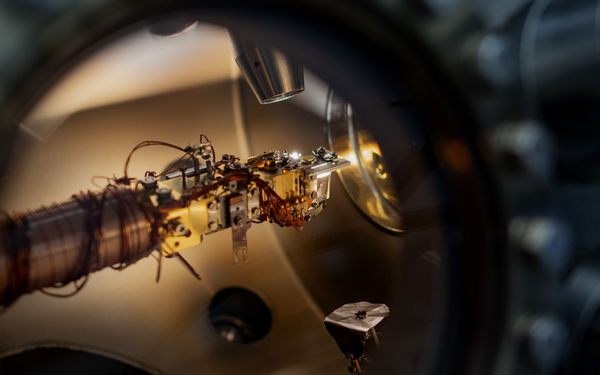
Research by Sayani Majumbar
Energy-efficient brain-like memory and logic chips are under development at Aalto University. They are made of organic, super-thin, low-voltage devices that are barely visible with the naked eye. These brain-like memory chips - called 'memristors' - are part of the evolving global neuromorphic network that will revolutionize the world of IoT.
Currently, researchers are working on the fabrication of artificial neuron connectors that will become an essential component of nano-scale hardware and its future network architecture.
This research blazes a novel path in hardware development and establishes a sustainable, energy-efficient and scalable IoT framework.
More info:
Video for Materials Matter
Article: Making the Internet of Things possible with a new breed of “memristors”
Research group: Nanomagnetism and Spintronics
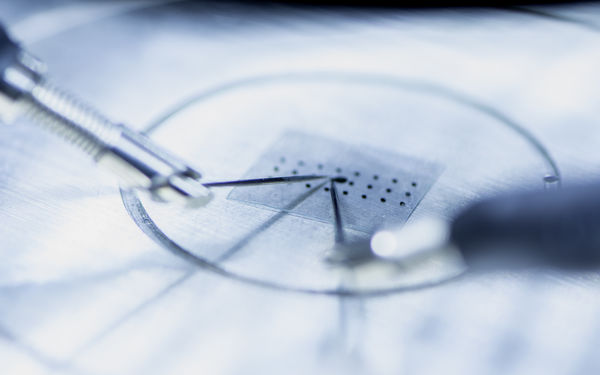

Materials research ranges from physics, nanotechnology, mechanics, performance and design to biomaterials and sustainable resource use.
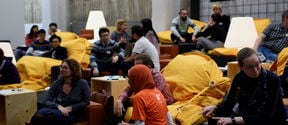
The Aalto Networking Platform brings together research expertise across departments, supporting collaboration both inside and outside of Aalto.